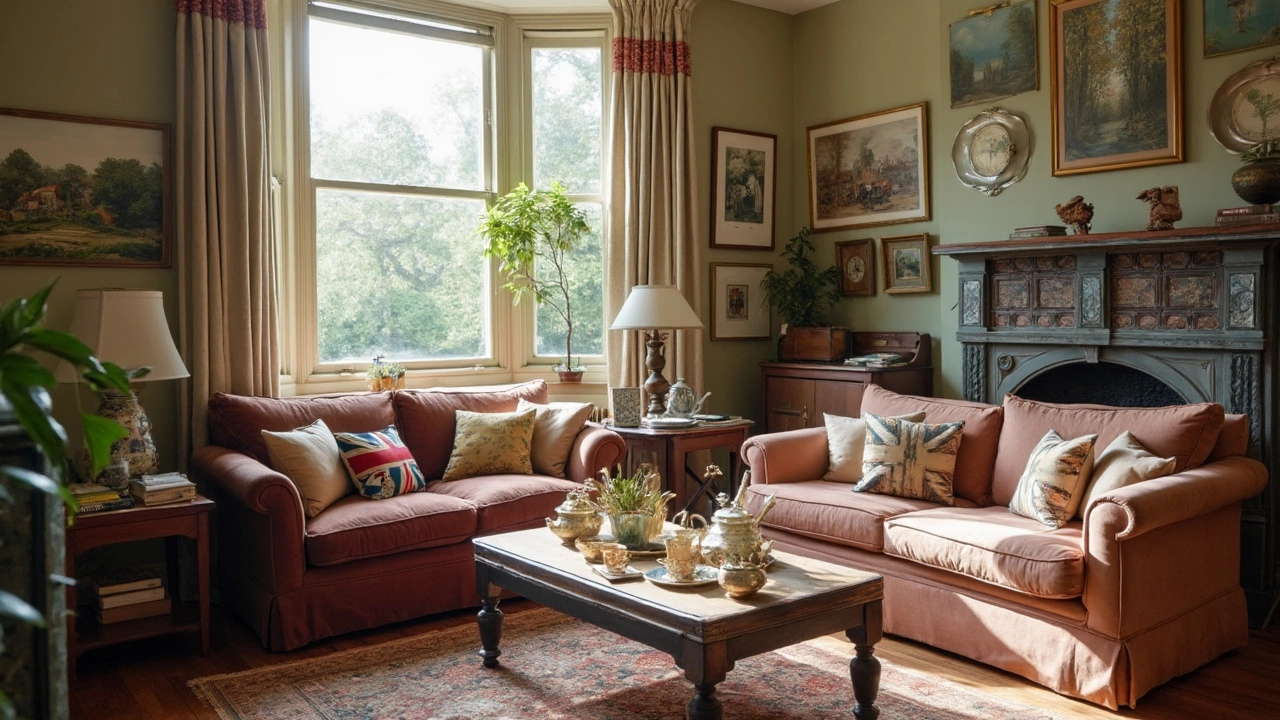
Sofa vs Couch: Key Differences, History, and Buying Tips
Explore the real difference between a sofa and a couch, their history, styles, uses, and tips to choose the right one for your space.
Heard people use “sofa” and “couch” interchangeably and felt a bit lost? You’re not alone. The words sound similar, but they carry distinct nuances that can affect how you talk about your living room, shop for new pieces, or describe a space to a designer.
A sofa is typically a larger, more structured seating unit. It often has a defined back, armrests on both sides, and a solid frame built for durability. Sofas are designed to accommodate three or more people comfortably, and they usually come in a range of styles—from sleek modern lines to classic Chesterfield upholstery. Because of its sturdy construction, a sofa tends to hold its shape over years of use, making it a long‑term investment for a family room or a lounge.
The term “couch” is a bit more relaxed. Historically, a couch was a low, backless seat that people could lie down on—a sort of early daybed. Today, most manufacturers label a piece as a couch when it’s a little smaller, has a softer frame, or leans toward casual comfort. Couches often lack the formal armrests you see on a sofa, and they may be built with lighter materials that are easier to move around. Think of a couch as the easy‑going sibling of the sofa, perfect for a den, a guest room, or a studio apartment where space is tight.
So, should you buy a sofa or a couch? Ask yourself three quick questions: How many people will use it daily? Do you need a piece that can survive pets, kids, or frequent moves? And what vibe are you after—formal or laid‑back? If you need a sturdy, multi‑person seat that will last, a sofa is the safer bet. If you want a cozy spot that can double as a nap area and you don’t mind a softer build, a couch fits the bill.
When shopping, look at the frame material, cushion fill, and upholstery. Sofas often boast hardwood frames and high‑density foam or springs, while couches may use softer plywood and feather‑blend cushions. Check the legs—solid wood legs usually signal a sofa, whereas metal or plastic legs are common on couches.
Another practical tip: measure your space. Sofas can be as wide as 90 inches, while couches often stay under 80 inches. Leave at least a foot of clearance around the piece so you can walk comfortably. If you’re arranging a living‑room layout, place a sofa against the main wall for a balanced look, and use a couch as a secondary seating option in a corner or next to a window.
In everyday conversation, the two words have blurred, and most people won’t mind if you swap them. But knowing the subtle differences helps you describe your needs accurately to salespeople, interior designers, or anyone helping you pick furniture.
Bottom line: a sofa is a sturdy, often larger unit built for long‑term use, while a couch leans toward casual comfort and flexibility. Pick the one that matches your space, lifestyle, and style, and you’ll end up with a seat that feels just right.

Explore the real difference between a sofa and a couch, their history, styles, uses, and tips to choose the right one for your space.